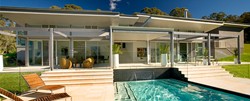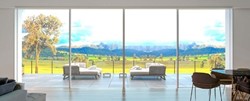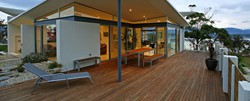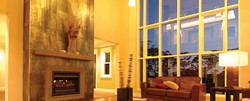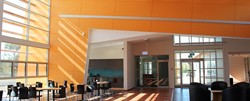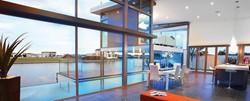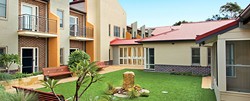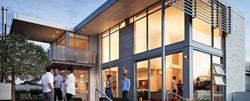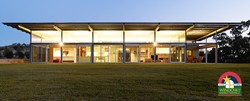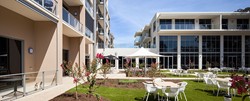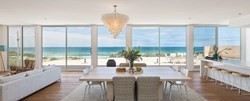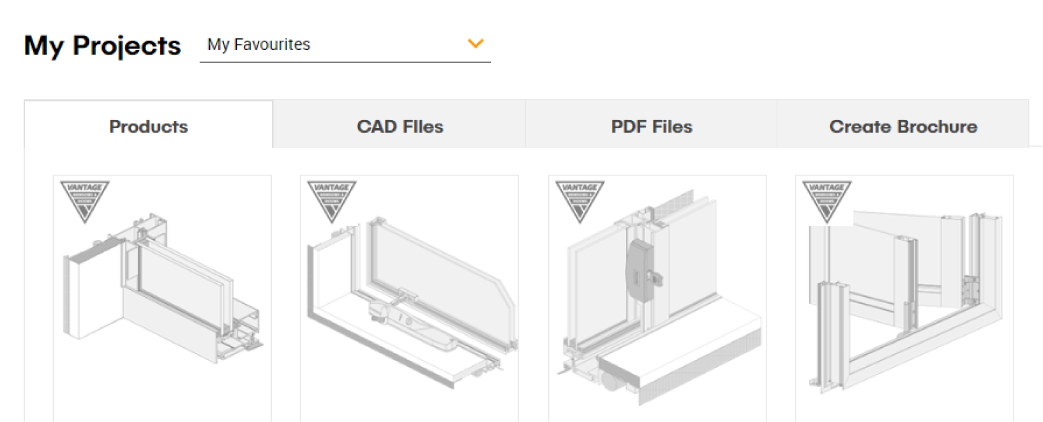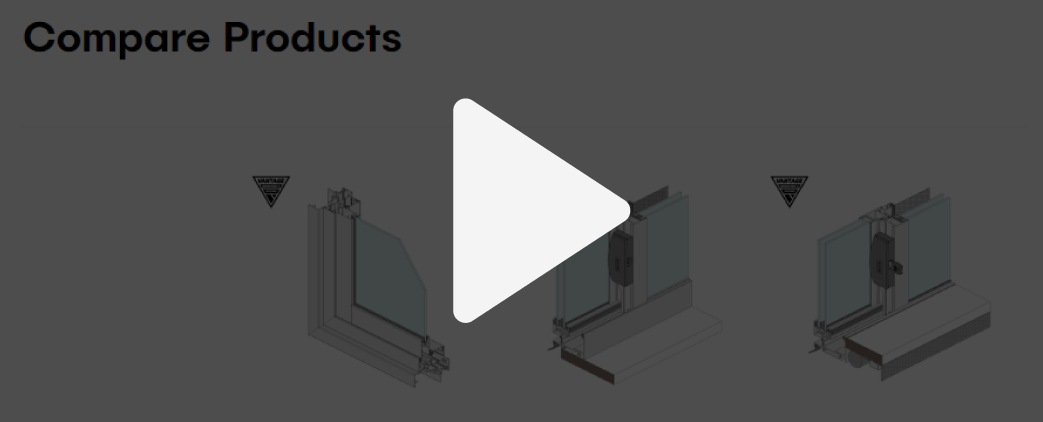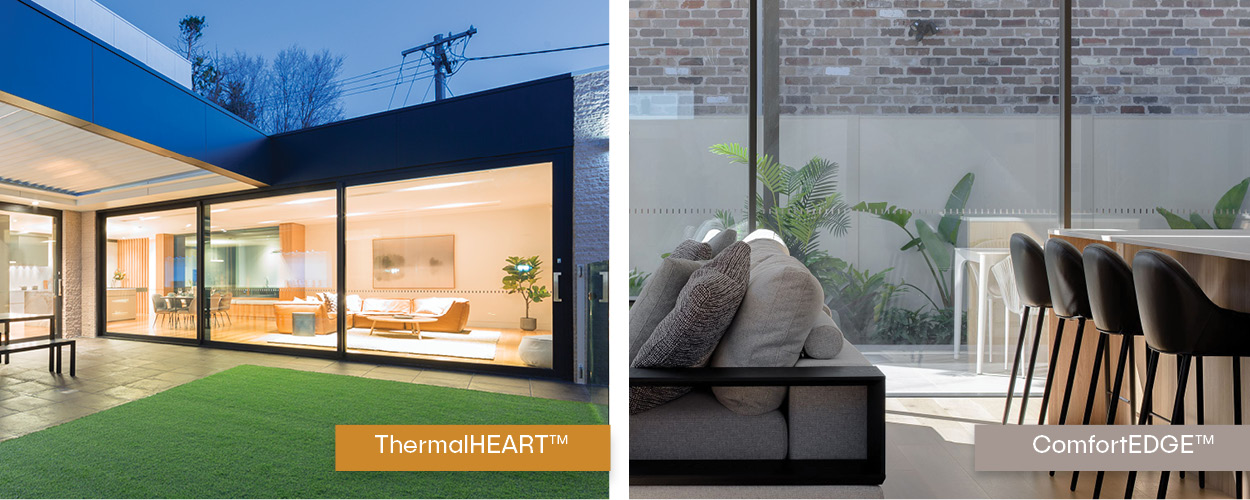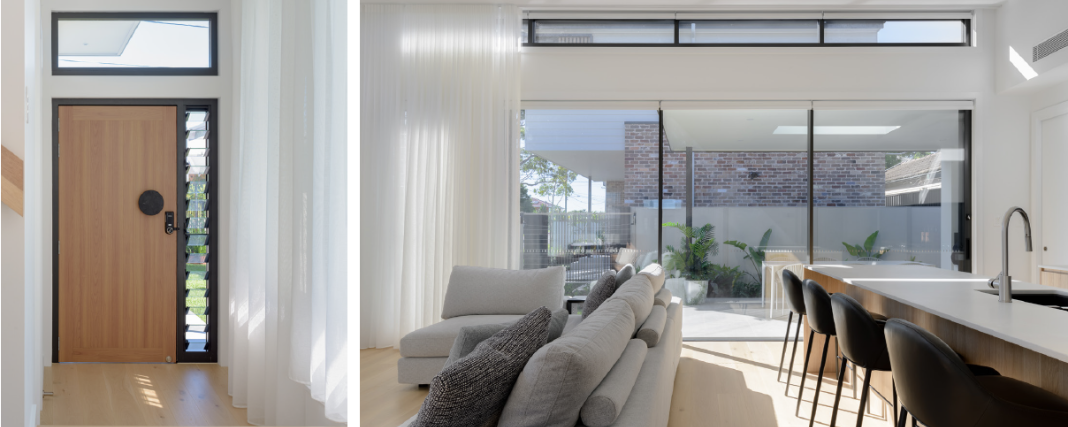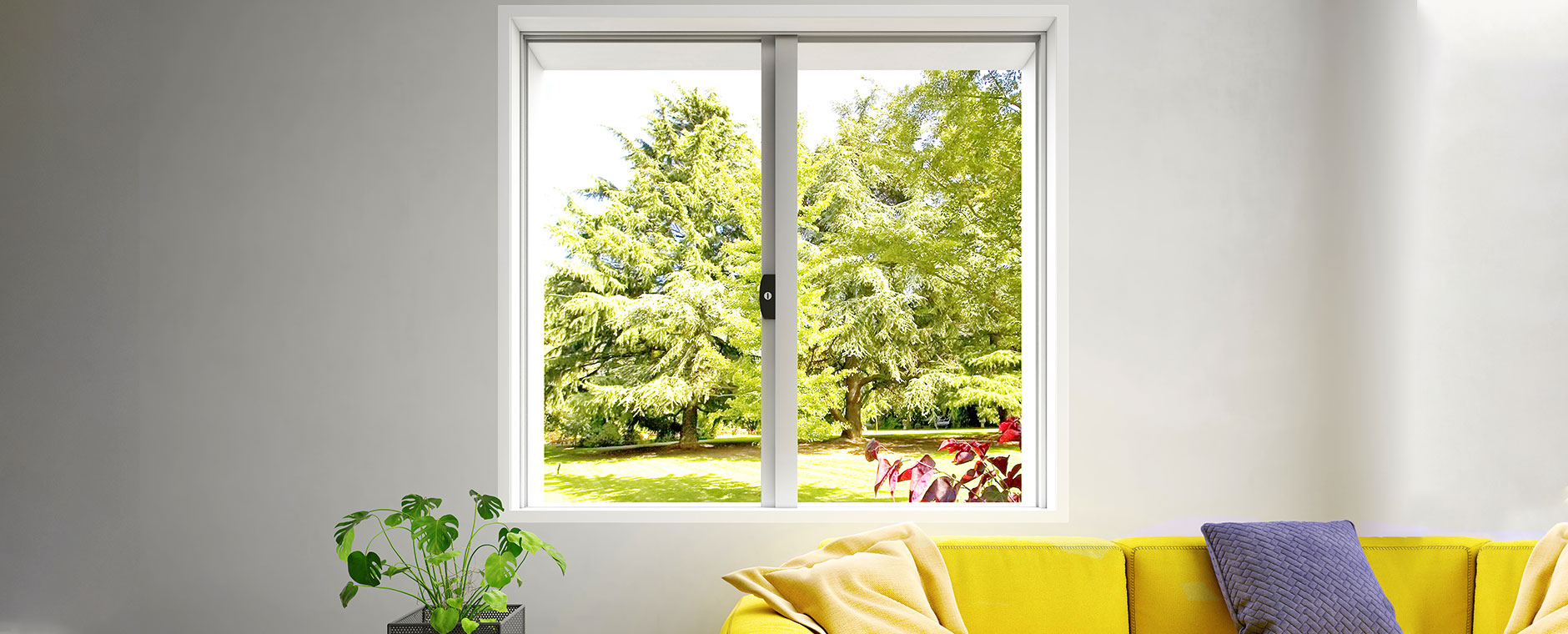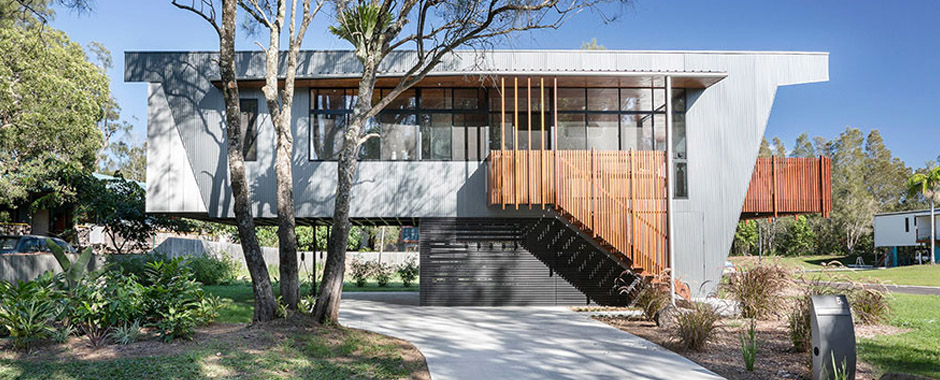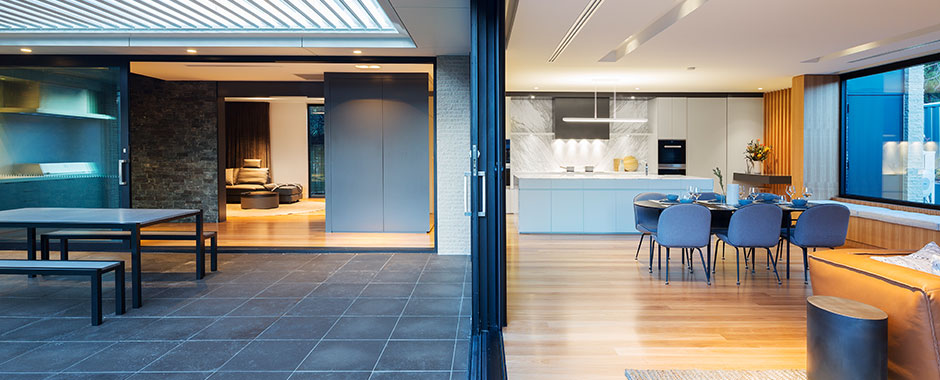With so much focus on the new residential energy provisions under the National Construction Code (NCC) it’s timely to be reminded that energy efficient housing design is not solely reliant on material selection.
In many instances, achieving a 7 Star energy rating on new projects will lead to higher specified materials, and the inevitable upfront cost that comes with it. The question is, how can this be managed effectively, providing value to the homeowner while meeting or exceeding the sustainability targets?
Glazing and windows play a unique part in the design process. Their position, size relative to the overall façade, placement on the façade, and orientation can be leveraged against the natural attributes of the build site to reduce energy consumption for the life of the home maximising thermal comfort, while at the same time inviting the beauty of the surrounding environment to be the ‘hero’.
Understanding the climate zone requirements (there are 8 climate zones in Australia) of the build site is a critical first step in finding balance and guiding the window and door specification.
Take for example Sydney, the coastal northern suburbs, eastern suburbs and southern suburbs are located in climate zone 5, meaning ‘warm temperate’. While only 25 kms away from Sydney CBD, Parramatta and the greater west finds itself located in climate zone 6, ‘mild temperate’. Further west, on the other side of the Blue Mountains, Lithgow is located within Climate zone 7 – ‘cool temperate’. *Source Australian Building Codes Board ABCB.
The climate zone dictates the overarching U value requirements of your glazing in accordance with your homes overall energy rating. The U value being the measure of the insulating capacity of the glass. This represents how quickly heat from hot air (not direct sunlight) will pass through the window as a whole (the glass and frame together). Under NatHERS, the U Value is then weighted against the solar heat gain coefficient (SHGC) to arrive at the final glazing specification.
High solar heat gain is important for cool climates, aiming to reduce heat loss from the interior and allow solar heat through in the winter. Conversely, low solar heat gain is important for hot climates.
Traditionally, achieving a low U value would be associated with thermally broken window systems such as ThermalHEART™ from AWS. This thermally broken system uses a structural, polyamide strip to connect the internal and external frame sections to reduce heat transfer across the profile. This breaks the path for heat energy to be transferred, or conducted, through the window frame. When combined with double glazing, particularly low-e double glazing, thermal efficiency can be increased by up to 32%.
Is there anything to rival the efficiency of thermally broken systems?
At Architectural Window Systems (AWS) our designers are always focused on providing design flexibility through product innovation.
This led to the development of our embedded frame technology known as ComfortEDGE™.
ComfortEDGE™ delivers outstanding energy efficiency by using the timber reveal as a natural insulating barrier between the interior and exterior building envelope for heavily reduced thermal transmission of heat and cold. Architectural homes now have a design alternative that does not compromise energy efficiency.
The double-glazed range boasts a minimalist, slim-line look, while at the same time has fewer components and less aluminium than a thermally broken system. ComfortEDGE™ delivers superior thermal performance and occupant comfort, at a more accessible price.
Specify once and get it right. Involve your energy assessor early in the process and consider all the natural attributes of the site to maximise your efficiency while keeping control of the budget.
For more information and advice on any AWS product visit www.awsaustralia.com.au/specifyaws or call 1300 026 189.

